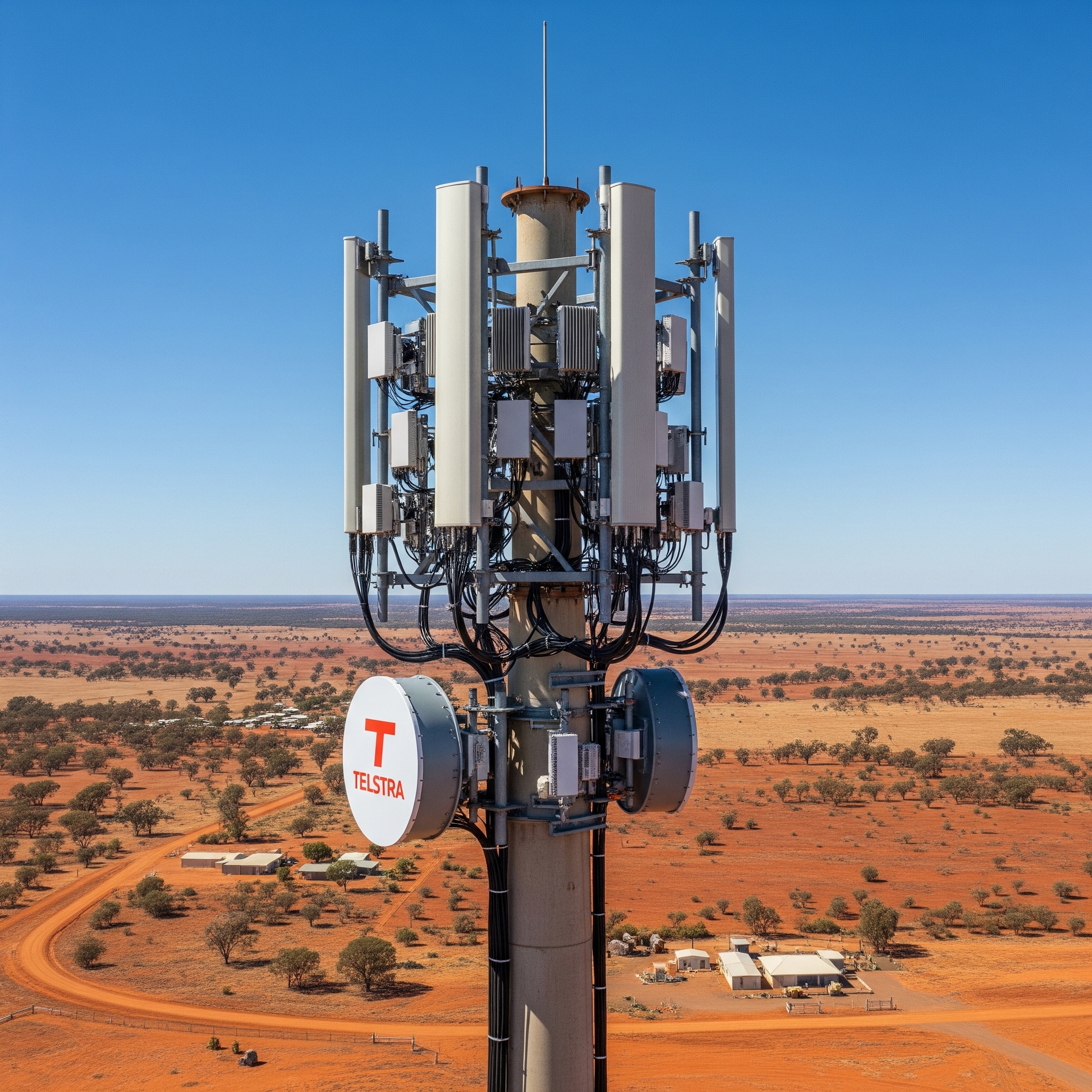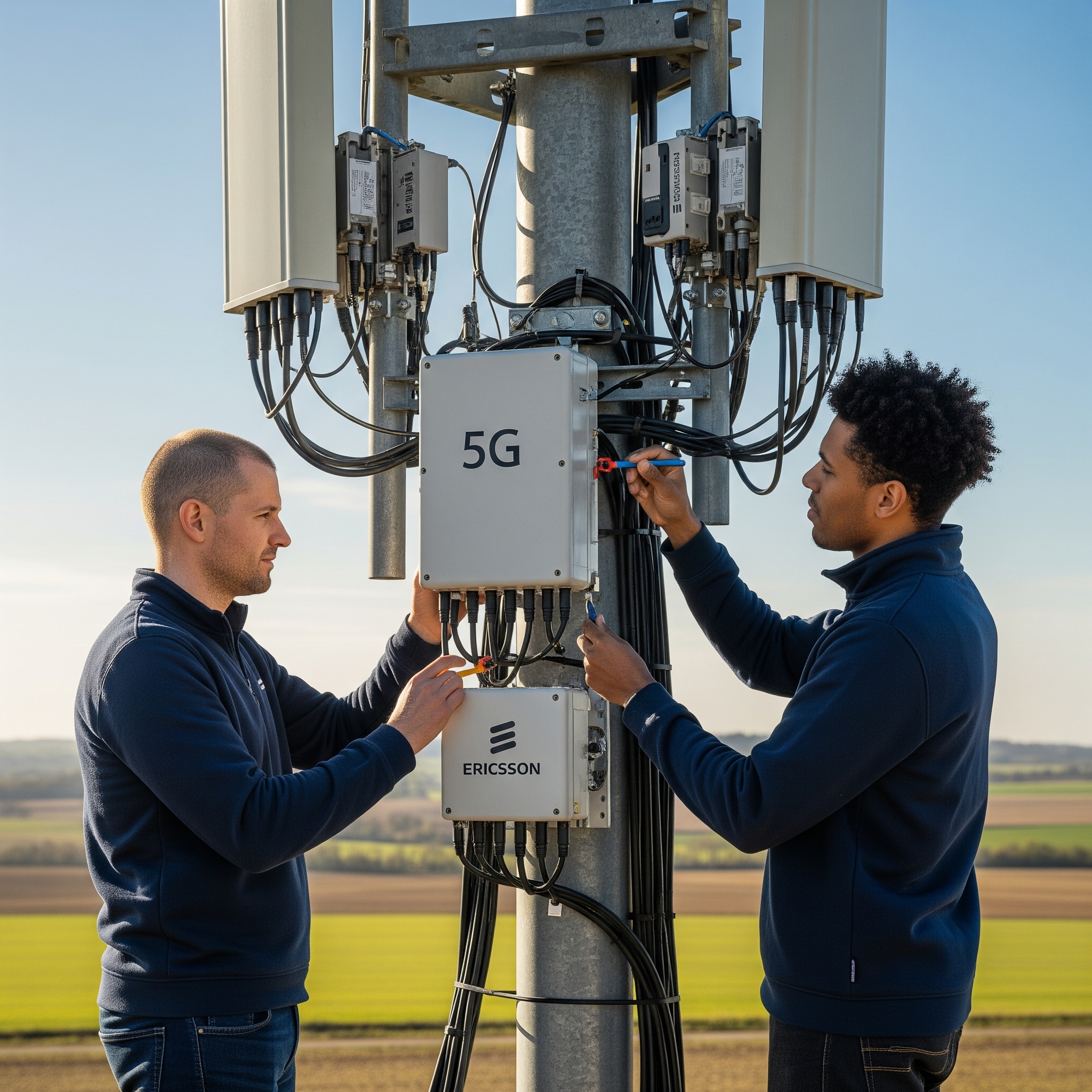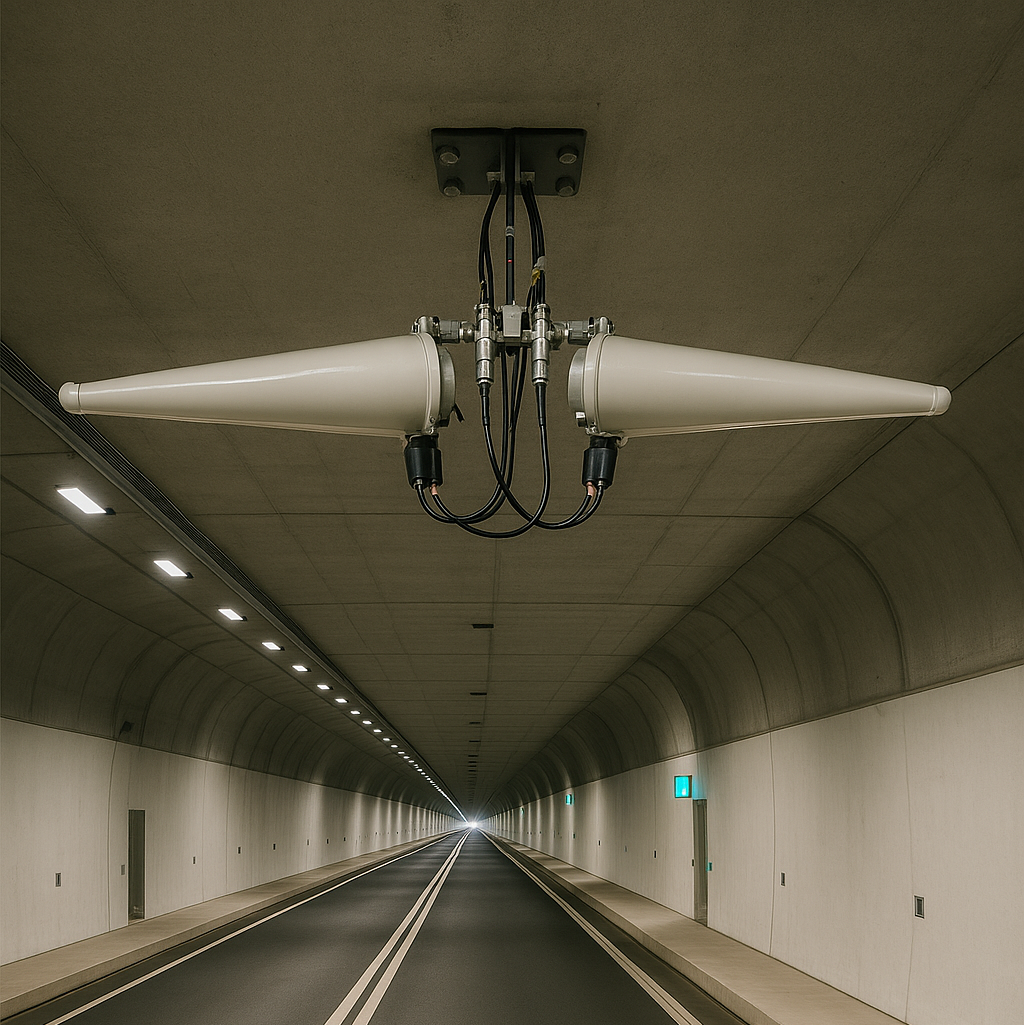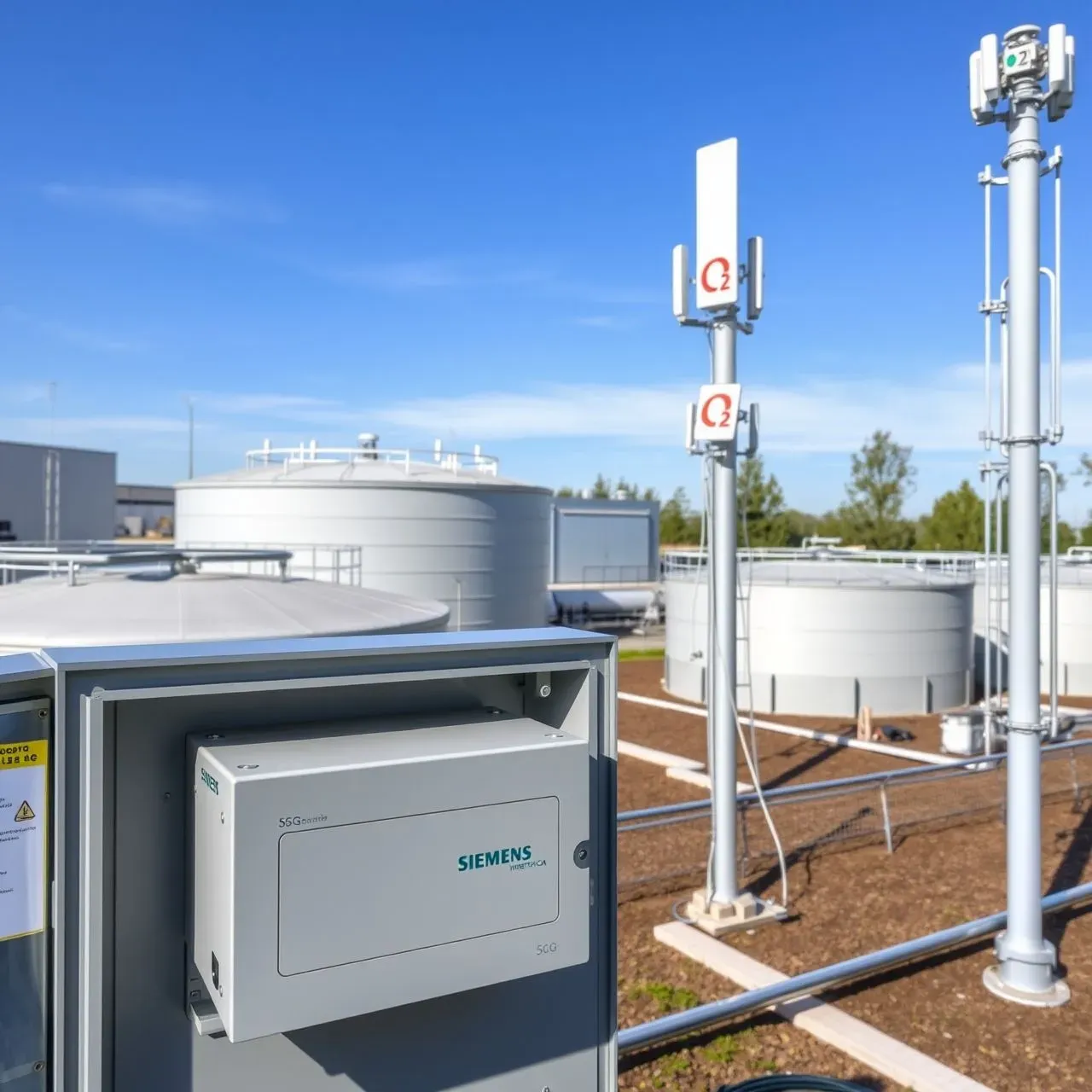Ericsson's newly unveiled triple-band FDD Massive MIMO radio (AIR 3255) marks a breakthrough in radio access network hardware. For the first time, a single unit supports simultaneous operations in 1800 MHz, 2100 MHz, and 2600 MHz bands using Frequency Division Duplexing (FDD), enhancing 5G coverage and capacity in suburban and rural areas. This development significantly reduces the number of radios and antennas needed per site, lowering total cost of ownership while accelerating rollout.
Massive MIMO, traditionally used in TDD bands, is now made viable on FDD spectrum thanks to recent advances in chipset miniaturization and beamforming algorithms. The AIR 3255 unit integrates Ericsson Silicon and advanced AI-based RAN algorithms to provide dynamic load balancing and efficient power consumption across three frequency bands.







